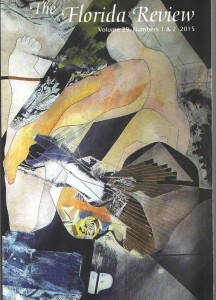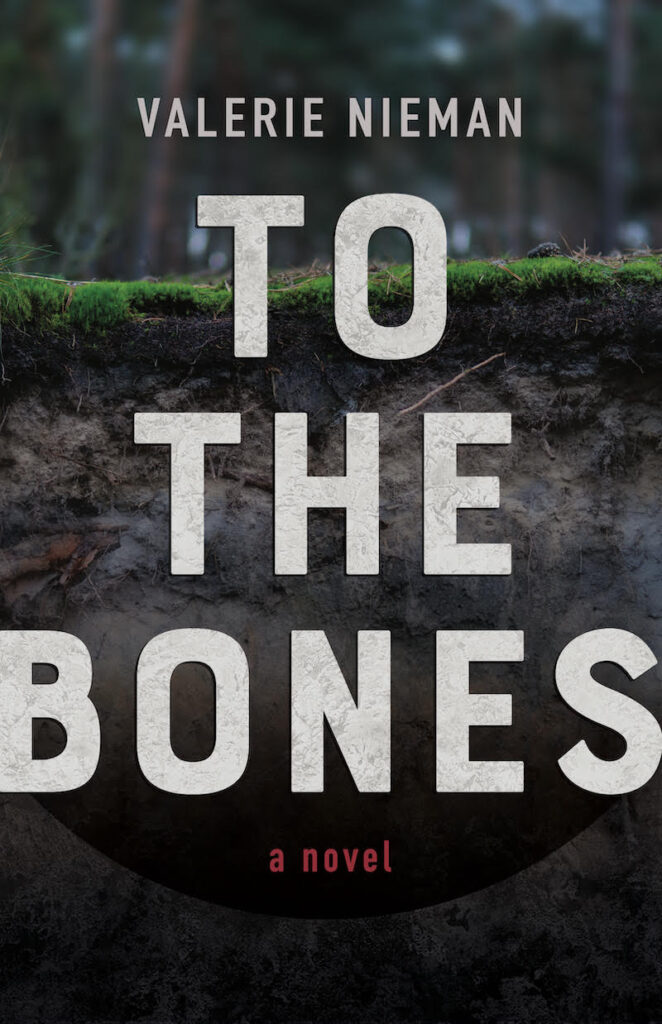 My novel in stories, What the Zhang Boys Know, came out a little over three years ago. Since then, it has received a few editorial reviews, all favorable, and also won the Library of Virginia Literary Award for Fiction. I’m very proud of the book and grateful that it found a home with Press 53.
My novel in stories, What the Zhang Boys Know, came out a little over three years ago. Since then, it has received a few editorial reviews, all favorable, and also won the Library of Virginia Literary Award for Fiction. I’m very proud of the book and grateful that it found a home with Press 53.
Despite the accolades, however, the book didn’t receive as much attention (or readership) as I would have liked. It is therefore gratifying to see a review of the book appear at this late date, in the new issue of The Florida Review. The review is not online, so let me quote liberally from it.
Reviewer Søren G. Palmer describes the book’s setup in this way:
The book opens in the building’s cavernous hallway, also a makeshift “gallery” where the residents are allowed to display their art. Zhang Feng-qi – a recent widower and the father of the two boys in the book’s title – is trying to sort out the chaos that his wife’s sudden death has created.
As this is a novel in stories, Palmer rightly focuses on the ending of the first chapter, which is also the ending of the first story in the book.
The story moves in and out of the present moment, and ends with one wondering if Fenq-qi is going to be able to keep his boys, Simon and Wesley. The moment celebrates one of Garstang’s greatest skills, the ending of a story on a beat that is both period and question mark.
Yes. Exactly. This is my preferred approach to endings. On the one hand, there needs to be a certain amount of resolution, but on the other hand the reader and characters know that life goes on, and we’re all wondering what comes next.
Palmer also gets the next story right.
The book’s second story, “A Hole in the Wall,” begins with Aloysius, a black lawyer, cathartically taking a sledgehammer to his wall: “He pulls the drywall away, expecting to find insulation underneath, and exposes bare brick instead.” This is one of the book’s central metaphors, and the reader watches as the emotional bare brick of all who live in the Nanking Mansion is exposed.
It’s such a pleasure to see readers who peel back the layers and see what lies beneath the surface of the work. I was also happy to note that the presence of art in the book was recognized: “Garstang adroitly extends negative space to art, the blank canvasses and empty pages that torment artists in their drive to create.”
Not every reader sees the collection as a novel in stories, and I accept that. The stories are, after all, meant to work independently in addition to their part in the whole. But it’s also nice to know that some readers understand how they work together. Palmer says:
While Garstang writes insightfully about the transformative and healing power of community, he is not immune to its ephemeral quality and internal risks, and he ends the book on a bittersweet note, one that is, again, both period and question mark.
The stories, told from the points of view of the many residents of the condo building, are the community. The review ends with some very kind words:
What the Zhang Boys Know is a beautifully rendered novel in stories, and Garstang clearly has his finger on the pulse of an evolving American cultural identity, making him a
talent to watch for in the future.
Thank you to the reviewer and to The Florida Review for publishing the piece.

